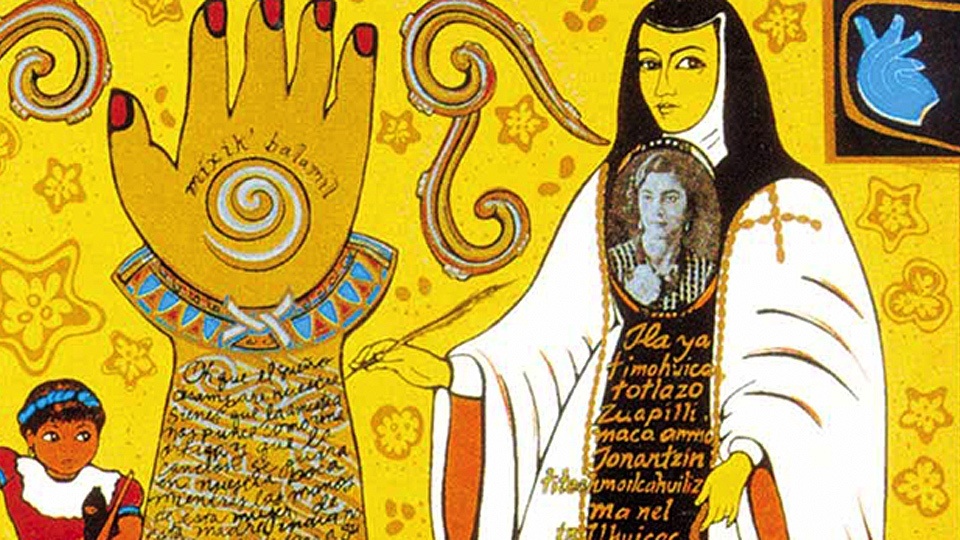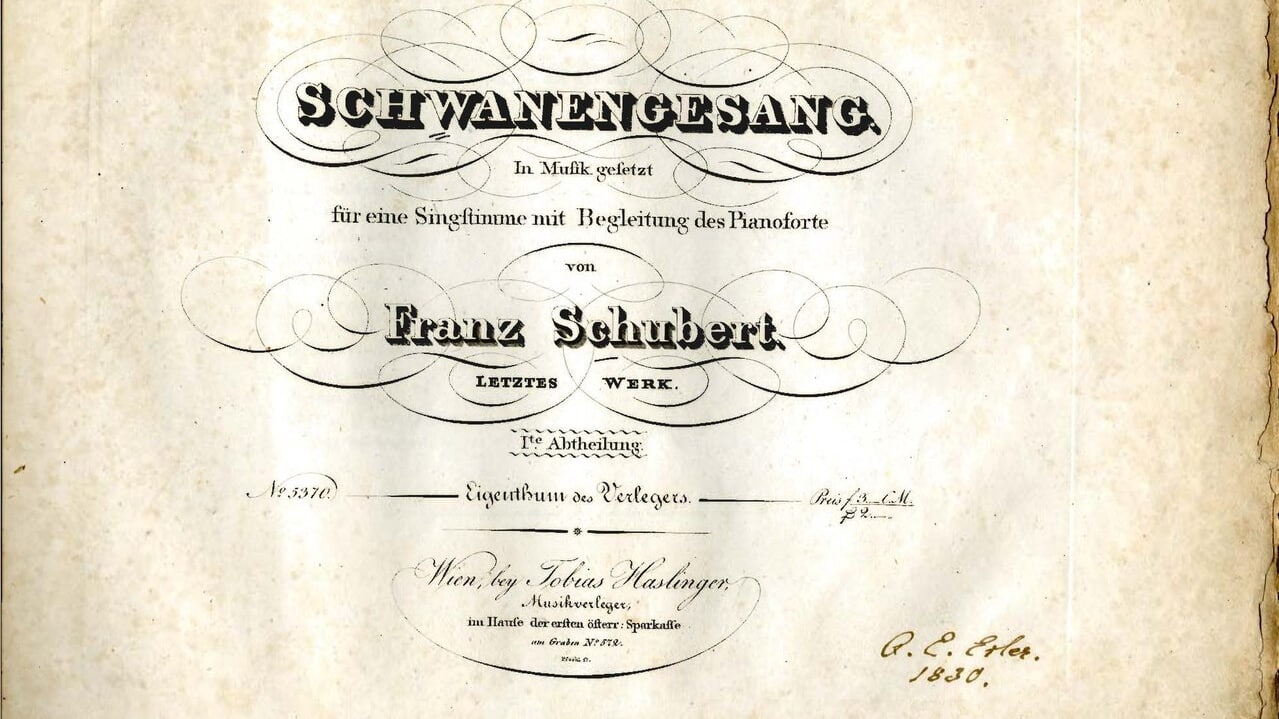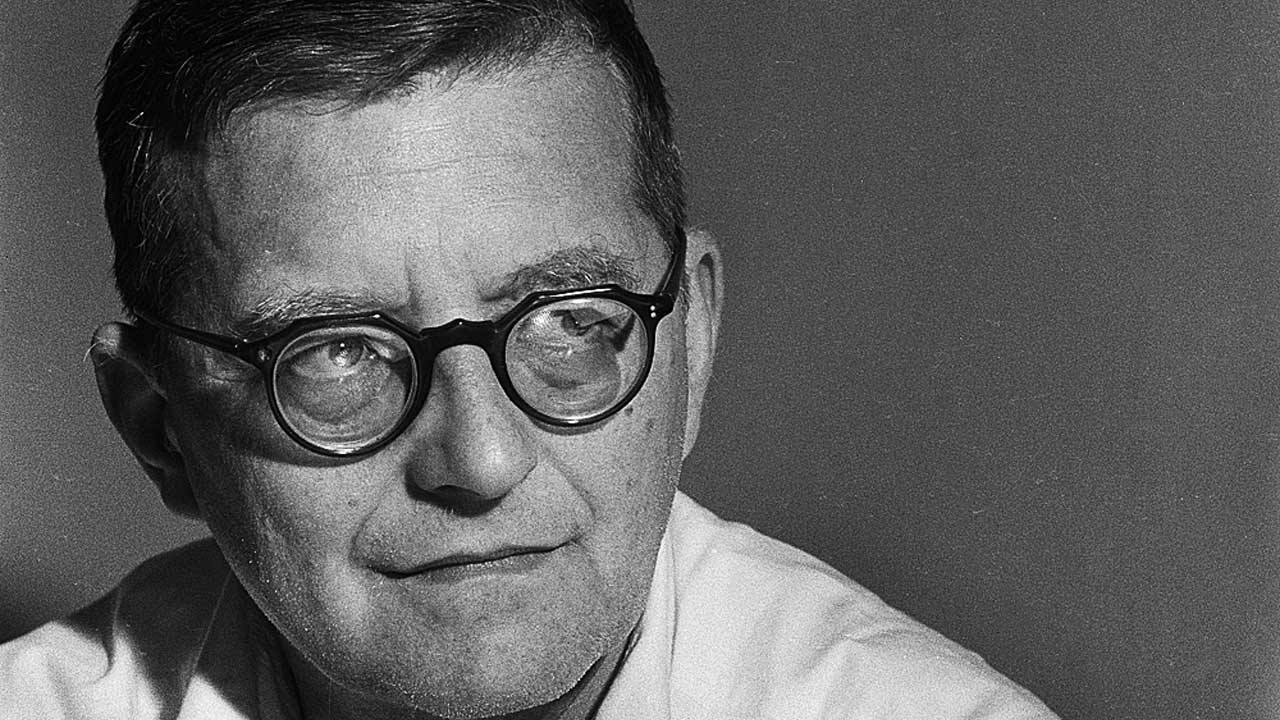Vivaldi’s “Gloria”: A Celebratory Drama
Antonio Vivaldi was 24 years old when, in September of 1703, he was first employed as maestro di violino at Venice’s Ospedale della Pietà. Located near the Piazza San Marco, the Ospedale della Pietà was a generously endowed orphanage for girls, the most talented of whom received an exceptional music education. Describing the calibre of the performances, French scholar Charles de Brosses wrote in 1739, “The girls sing like angels, and play …







